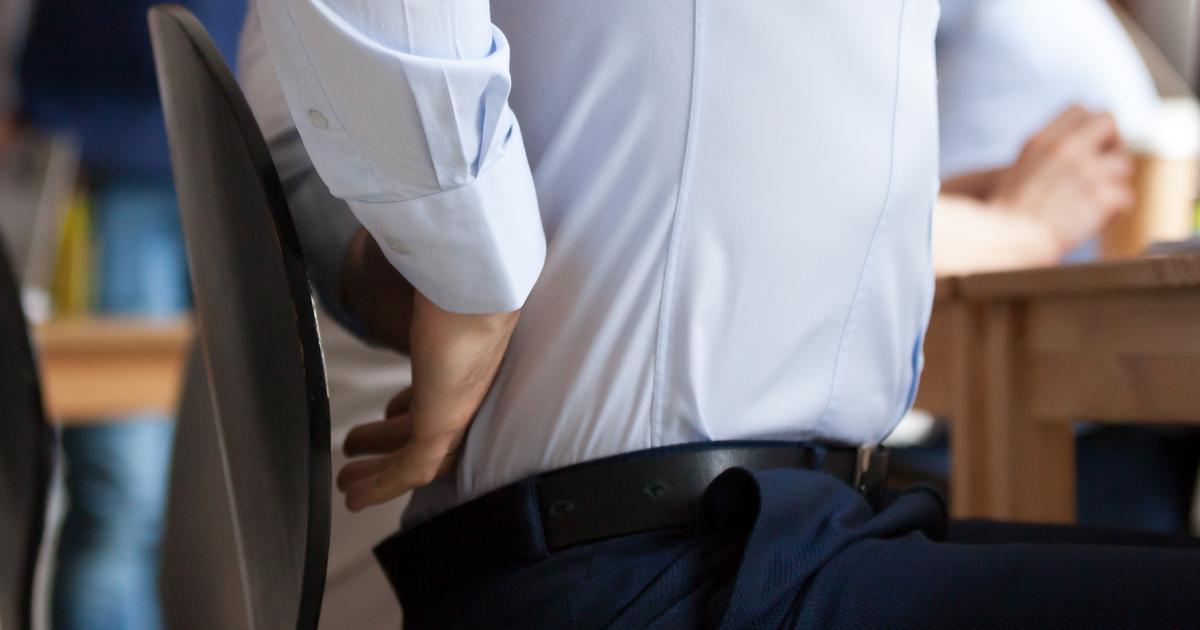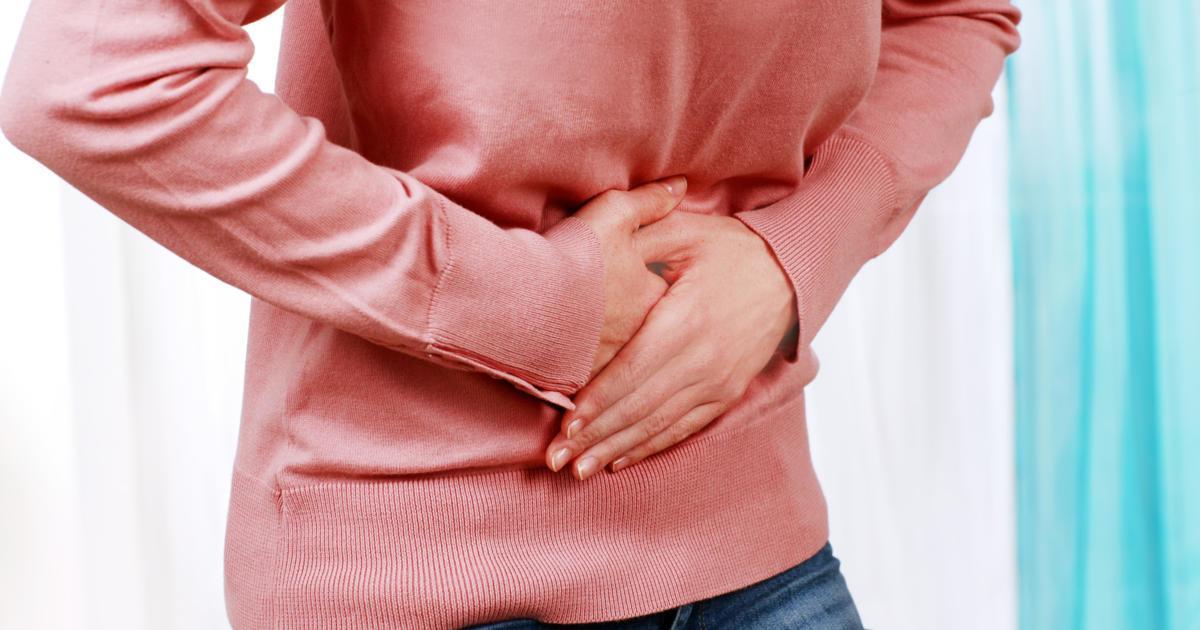What Are The Symptoms Of Gallstones?
Bile is required for the proper digestion of food in the small intestine. Bile is produced in an individual's gallbladder and stored there until it is needed in the small intestine. When food hits the small intestine, a hormone is released that causes bile to move from the gallbladder to the small intestine. Gallstones are caused by an imbalance of substances in an individual's bile, where they exceed their solubility threshold and begin to particulate and form into crystals. Gallstones are diagnosed with tests such as a physical examination, ultrasound, abdominal CT scan, gallbladder radionuclide scan, endoscopic retrograde cholangiopancreatography, and blood tests. Treatment for gallstones may include surgery, medication to dissolve the stones, shock wave lithotripsy, diet changes, and weight loss.
Back Pain

The most common type of back pain due to gallstones is referred to as interscapular pain, or pain that occurs between the shoulder blades. Individuals who have gallstones tend to feel this referred pain after they consume a meal high in fat. Episodic attacks of back pain may occur when a gallstone begins to obstruct the bile duct or grows too large. These episodic attacks include a severe and steady pain that radiates from the upper abdomen to the middle and upper back in between the shoulders. Gallstones can also produce pancreatitis when they move into the pancreatic duct and stop digestive enzymes from reaching the small intestine. When the digestive enzymes are produced by the pancreas, they have a certain amount of time where they stay inactivated. By the time they travel to the small intestine, they become activated to do their job. When the enzymes activate prematurely, they cause corrosive inflammation of the pancreatic tissues, producing pain in the upper abdomen and back.
Abdominal Pain

The gallbladder is located in the top right-hand quadrant of the abdomen, sitting just underneath the liver behind the stomach. The abdomen contains numerous organs that fit into a tight compartment comprised of connective tissue that keeps everything in its place. While this connective tissue fascia can expand to a certain extent, it is only so flexible. Gallstones can cause infection and inflammation of the gallbladder when they fully or partially obstruct the bile ducts. Pancreatic tissues may also become inflamed if the gallstone stops the digestive enzymes from leaving the pancreatic tissues before they become activated and corrosive. The liver can become enlarged when the gallstones block bile from reaching the small intestine and causes it to accumulate in the organ. When these abdominal organs become swollen and inflamed, they also become compressed inside of the abdominal fascia. This mechanism compresses and irritates numerous nerves in the abdomen that send signals to the brain. The signals from these nerves are what causes an individual to experience abdominal pain due to gallstones.
